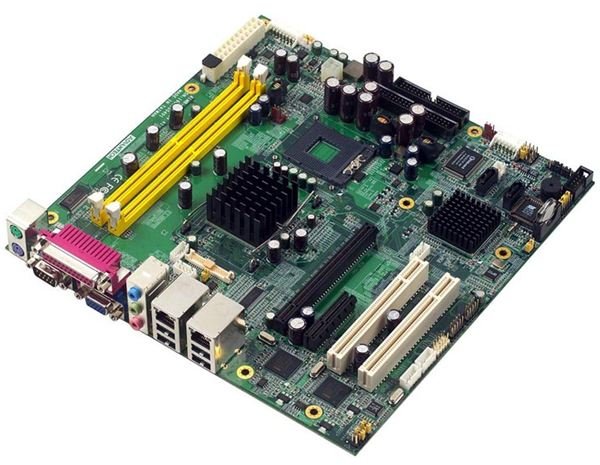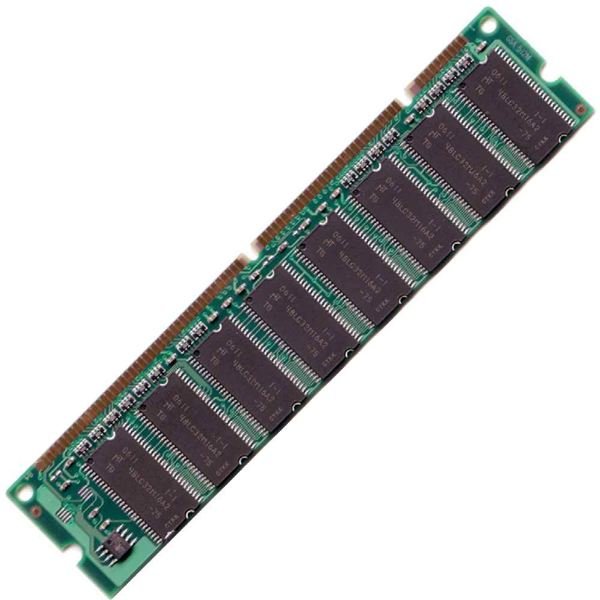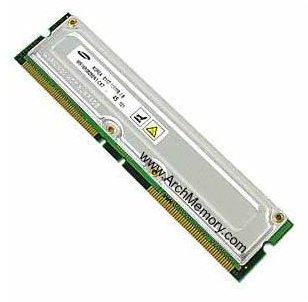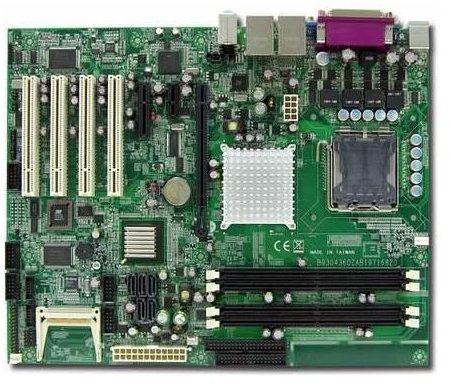Troubleshooting RAM Failure - Help When a Computer Fails to Bootup
If POST Beep Codes Indicate a Memory Failure
If you turn on your computer and the POST beep error code indicates a memory or RAM problem, then there are several steps you can take to determine if you are going to need to replace all your RAM, part of it, or if the problem is actually the motherboard.
If you are not sure if your POST beep code is implicating your memory, this guide will help you interpret the code and find out.
All of these troubleshooting steps are going to involve you rolling up your sleeves and getting your hands inside your computer. If you’re not comfortable doing this, then you’re better off taking your computer to a professional. These steps, though, aren’t very difficult and the chances of you “messing up and breaking something” are quite low. Just follow my instructions and heed my warnings.
The absolute easiest way to determine if your RAM is the source of your computer woes is to simply replace it with RAM that you know is good, by pulling it out of another computer, borrowing it from a friend, whichever you choose. However, there are risks. If you put incompatible RAM in a slot intended for a different voltage or speed, it won’t work and it could damage your RAM. Also, if the motherboard is the real cause of the problem it could take your “good RAM” and very quickly turn it into “bad RAM”.
The safer (and still easy) method is to take the RAM you suspect as being bad and putting it into a motherboard that you know is good. Again, assuring compatibility is key. There is a much lower chance of RAM damaging a Motherboard than the other way around.
If extra RAM and/or motherboards are not available to you, don’t fret. There are still ways you can narrow down the problem before you go running out to the store to buy new RAM.
Identifying RAM and RAM Slots




Use the above images to identify what type of RAM you have, where to find it, and as a referrence for when I refer to slot “numbers”. The RAM slots are the 4 long black ones in the first image and the long yellow ones in the second image. The slots can be any color. I number slots from the inside out. Therefore, the closest slot to the middle of the motherboard is slot 1, and from there to the edge we count up.
Your RAM is most likely DDR2, but might be DDR on an older system. They are compared in the third picture above; the fourth and fifth show the even older SDRAM and rarely used RD-RAM. A cutting-edge system might use DDR3 (pictured and described here).
To find out if one particular stick of RAM, or, one particular slot on the motherboard is the cause of the problem, you will need to move the RAM around through the different slots. Make sure that your computer is unplugged and that you are grounded or wearing an anti-static strap to avoid damaging your computer. To remove RAM, press down on the white tabs til they release, then lift the RAM out by the edges. Don’t touch the grey chips or the gold connectors.
Remove all but one stick of RAM from your motherboard. Make sure this one is in slot 1. Try to boot your computer. If it still fails, swap it out with another stick until you have installed and tested each stick individually. If all fail, try slot 2 and do the same thing. Test all of the slots on the motherboard with all of your sticks of RAM. In my experience, about half of the time, one slot on the motherboard, or, one stick of RAM is the culprit, and when not used, the computer boots fine. Only after testing each slot and each stick should you consider purchasing new RAM.
This post is part of the series: Computer Troubleshooting - If Your Computer Will Not Turn On
“HELP! My computer won’t turn on!” As the owner of a PC repair shop, these are words I hear every day. Find out what the most common causes are and simple steps you can take before bringing it in for repair.
- Computer Won’t Turn On? Electrical & Power Supply - Problems & Solutions
- Computer Won’t Turn On? Troubleshooting the Motherboard
- Computer Won’t Turn On? Beep Codes, Lights, and Fans
- Computer Won’t Turn On? Video & Display Problems
- Computer Won’t Turn On? Troubleshooting Memory (RAM) Problems
